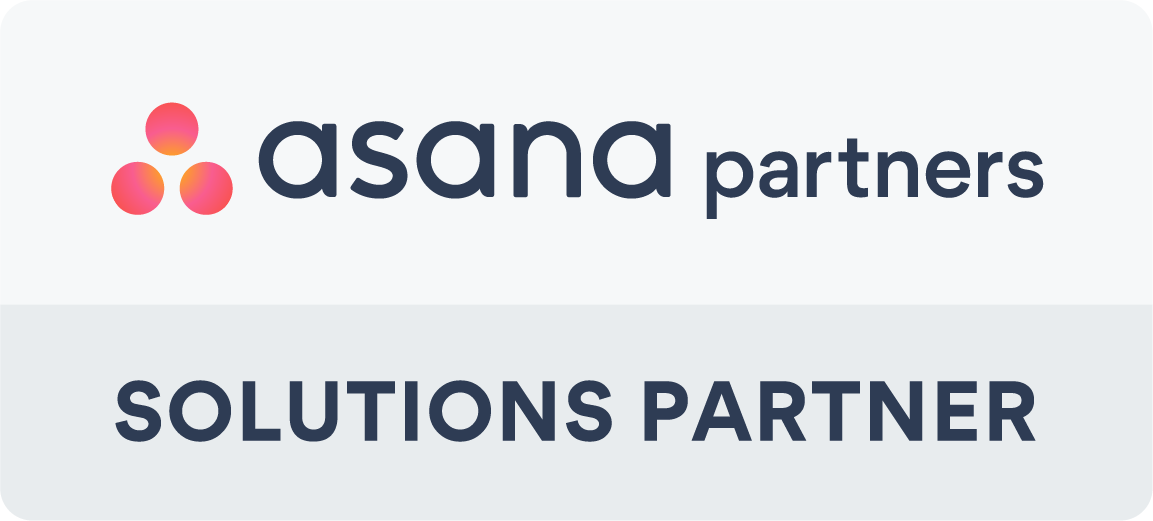BONUS DOWNLOAD: BE A BETTER LEADER WITH THE OKR PLAYBOOK (EBOOK)
A purpose is what drives us forward – in both our personal and professional lives. So why do companies fail to recognise its importance? Organisations spend money on branding and developing their mission and vision, but only a handful can tell you their values.
And here lies the problem. If businesses are unable to do that, how can these organisations motivate and direct their employees? When workers fail to see a purpose in the overall mission of a company’s plan, they lose focus and perspective. As a result, their performance suffers, and so does the company.
At this point, companies need to turn to “purpose” and “authenticity” to engage both their consumers and employees. It is easier said than done, but if you get it right, you reap great benefits in engaged employees and loyal customers.
Establishing a company’s shared purpose is as simple as having your values and your product or services aligned.
Does your product or service reflect who you are? What do you stand for, and how does this guide what you create? Do you add value to the community and therefore enhance the value to customers and shareholders? Values-led thinking gives a sense of direction for all employees who want to “feel” like their work matters on a day-to-day basis.
The purpose is a powerful guide to daily behaviour because it fuels the mechanisms that drive us to accomplish whatever tasks and goals we’ve set for ourselves (or are given by superiors). But how we get to purpose is critical if we want it to be genuinely shared and result in improved employee’s journeys and customer experience CX.
There is nothing more powerful than purpose in directing workers’ collaboration across multiple channels within an organisation. Ironically, most managers still focus excessively on fostering collaboration through technology and training. But what if there was a more efficient way to frame the challenges and inspire people to come together and tackle them?
If you want a better customer experience, start with your employees. It’s as simple as that.
BONUS DOWNLOAD: BE A BETTER LEADER WITH THE OKR PLAYBOOK (EBOOK)
In today’s dynamic market, the boundaries between creators and users are not as well-defined as they used to be. Customers are no longer just consumers; they’re co-creators. They have shifted from a passive role of an audience to the active members of a community. This desire to be a part of something bigger than themselves dictates their interest in engaging on a more personal level with your company’s shared purpose. The need to share a goal is a powerful catalyst for developing marketing campaigns that connect to audiences more organically across multiple social media channels.
Understanding the power of shared purpose begins with taking a look at the mission statements of leading companies. That doesn’t mean that mission statements are the same as company purpose, but they illustrate the point.
Looking at a few successful brands like Adidas and Nike is remarkably representative of the differences between their corporate purpose and objectives:
Adidas: The Adidas Group has a clear goal of being the global leader in the sporting goods industry. It achieves this building on its consumers’ shared passion for sports and an active lifestyle.
Nike: Competitor Nike’s goal focuses on bringing inspiration and innovation to every athlete in the world. The brand defines an athlete as every person with a body.
Notice how each of these statements evokes a different response. People will connect more with one of the other and base their shopping decisions on the brand they feel shares their values. It’s interesting to see how Adidas emphasises value and values, but Nike goes further by addressing people’s sense of who they are.
The ultimate goal is aligning your values and company value: have what you do reflect who you are, have what you stand for guide what you make, and have your value to the community enhance your value to customers and shareholders.
When you go about creating your shared purpose, these are the questions that you need to answer:
a) How can you work together with your customers?
b) What is a natural expression of who you are and what you stand for?
Getting people to collaborate begins with answering a simple question: what is the driving purpose that motivates the team? Varied incentives drive different people, and it’s your job as a leader to pinpoint, foster and channel their motivation into a shared purpose. If you manage to do that, you will be well on your way to fostering collaboration among the people in your company and improving the employee experience.
In a way, shared purpose is about consistency and following in the footsteps of former managers to prioritise people, values, and brand. Employees need to understand the brand and values to know where they stand within the organisation. The shared purpose creates a ‘we’ within a company – the same ‘we’ that becomes the engine that propels the business forward.
The most common mistake companies make is that they simply develop company values and purpose but don’t use them in decision making. Unfortunately, if they only exist on paper or a web site, they will do little to enforce a shared culture, a sense of “we.”
Business owners need to know how to read their company’s emotional tone. Build trust through listening, creating opportunities, showing compassion and caring, and demonstrating a commitment to the shared purpose. It’s all about giving employees the authority to do their job while inspiring them to achieve more and deliver better customer experiences.
BONUS DOWNLOAD: BE A BETTER LEADER WITH THE OKR PLAYBOOK (EBOOK)



